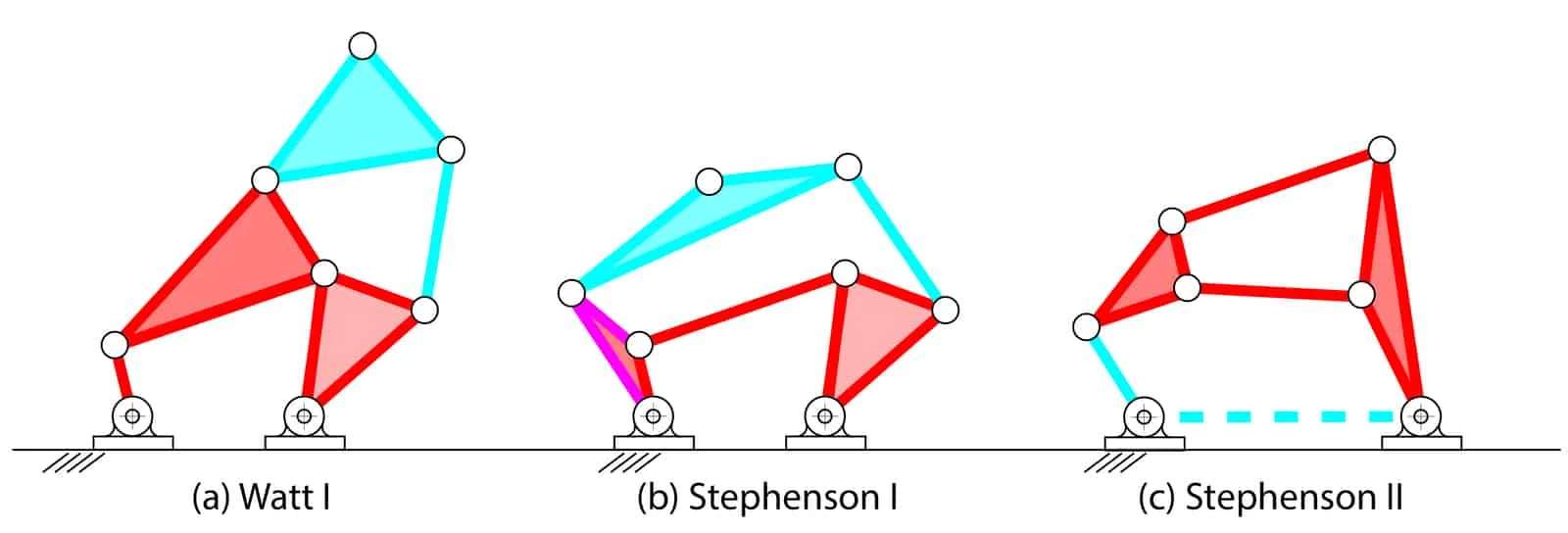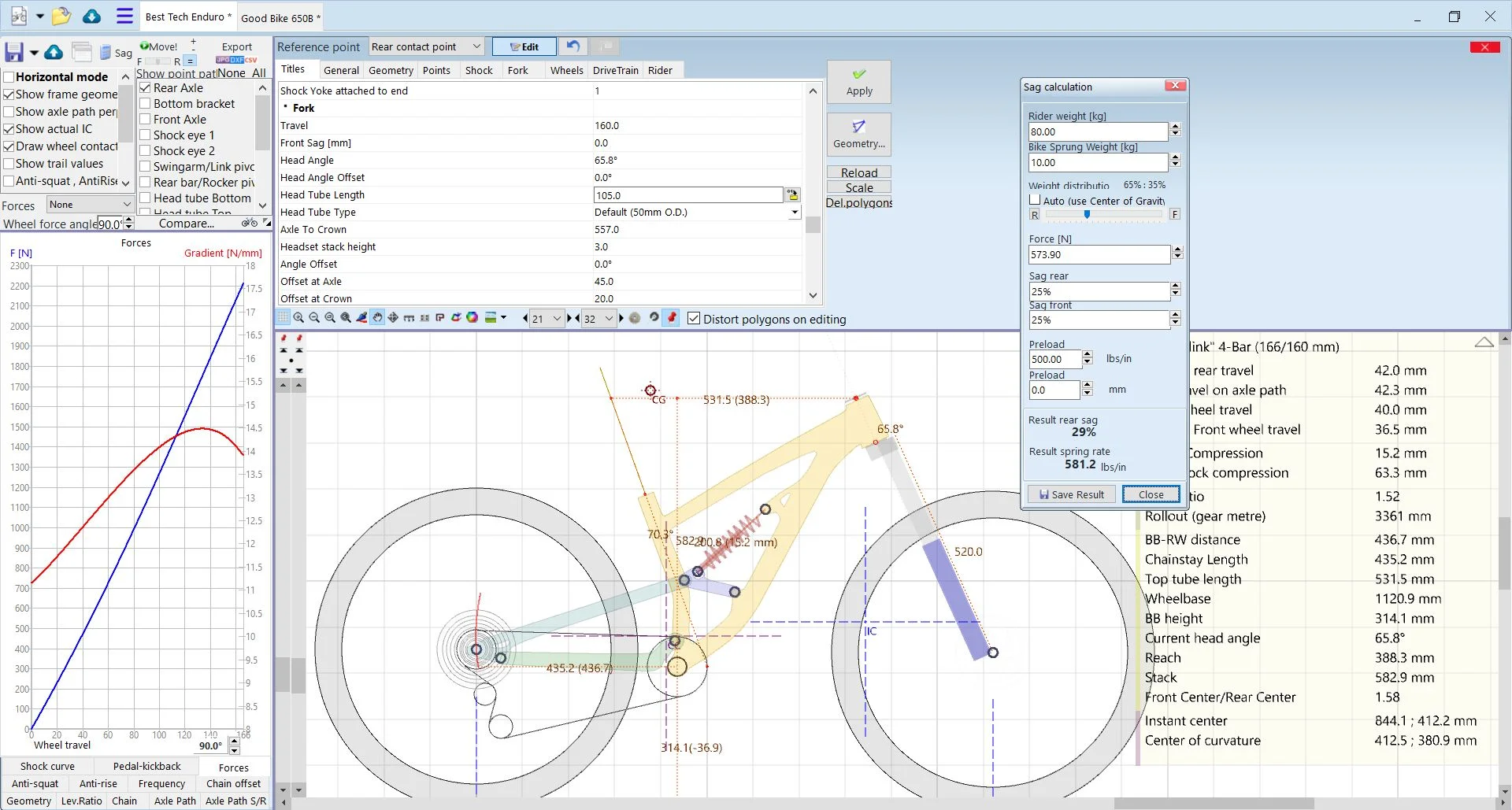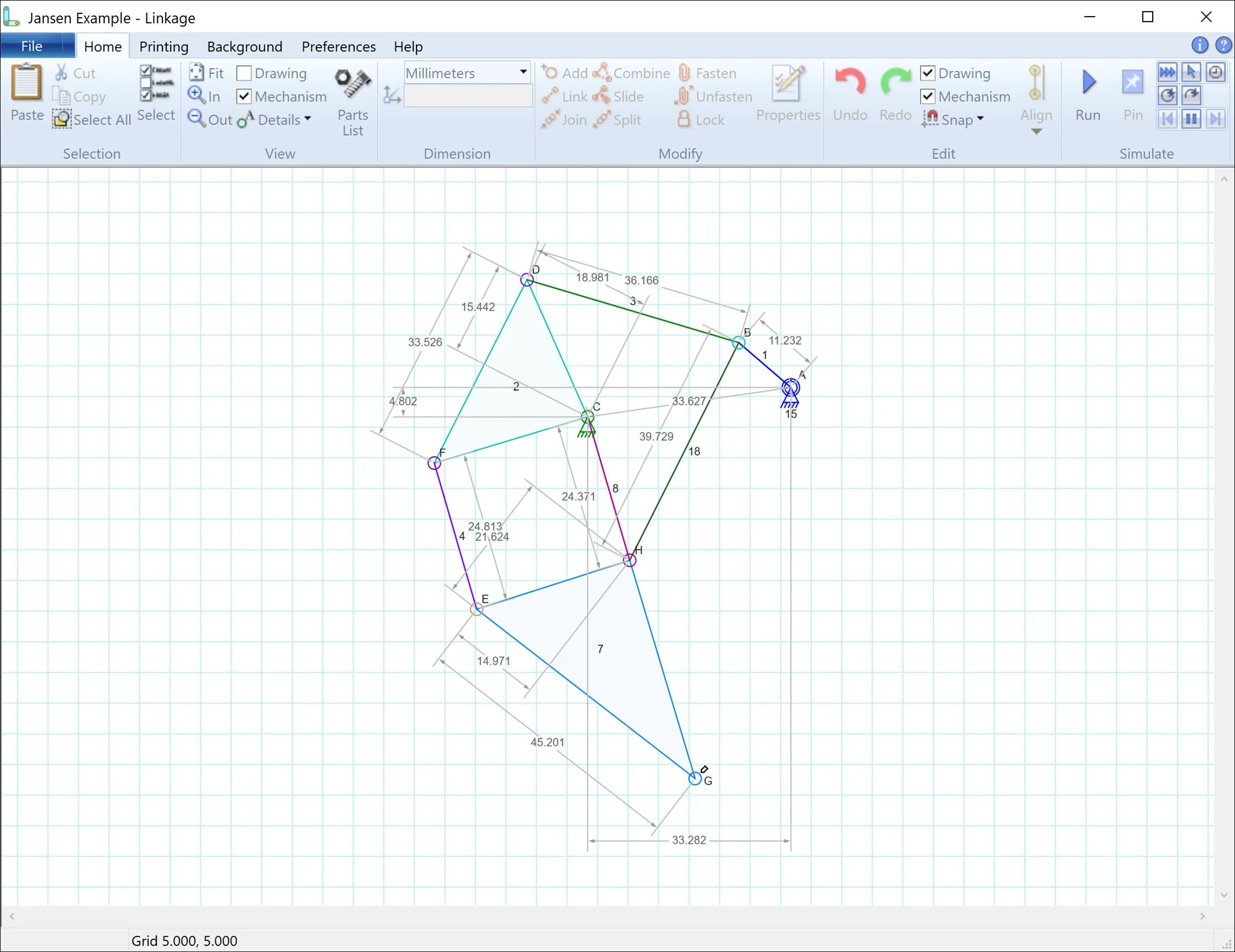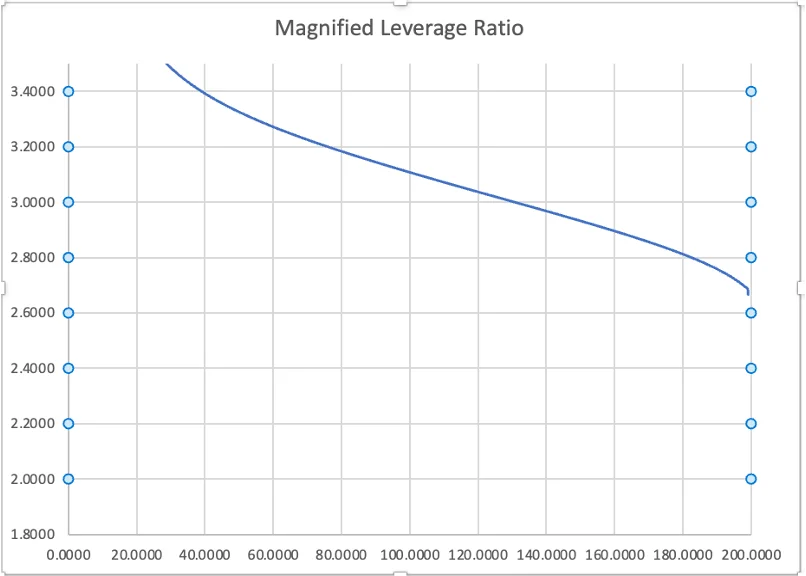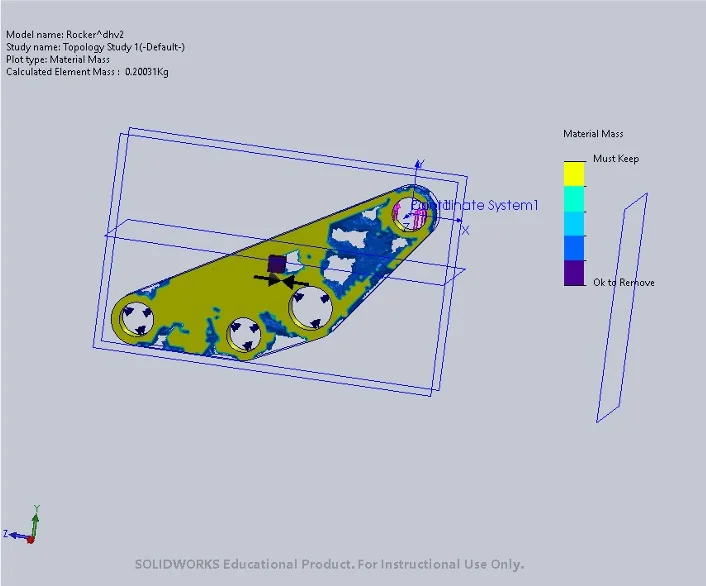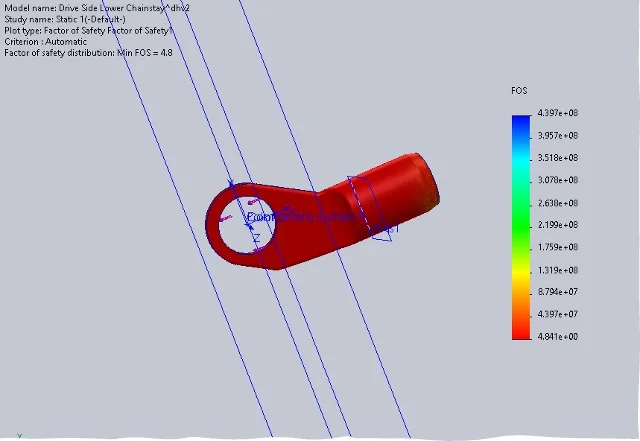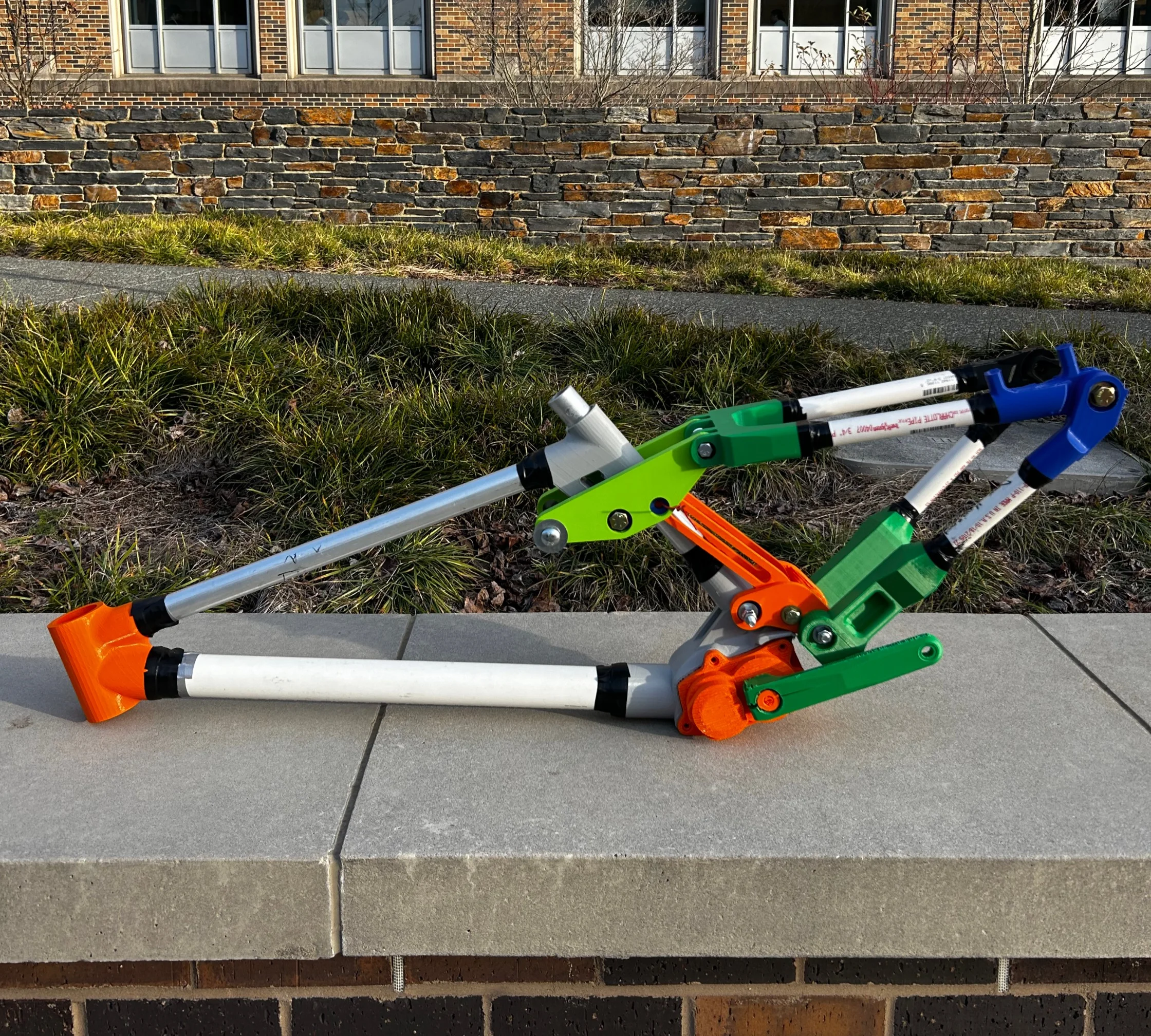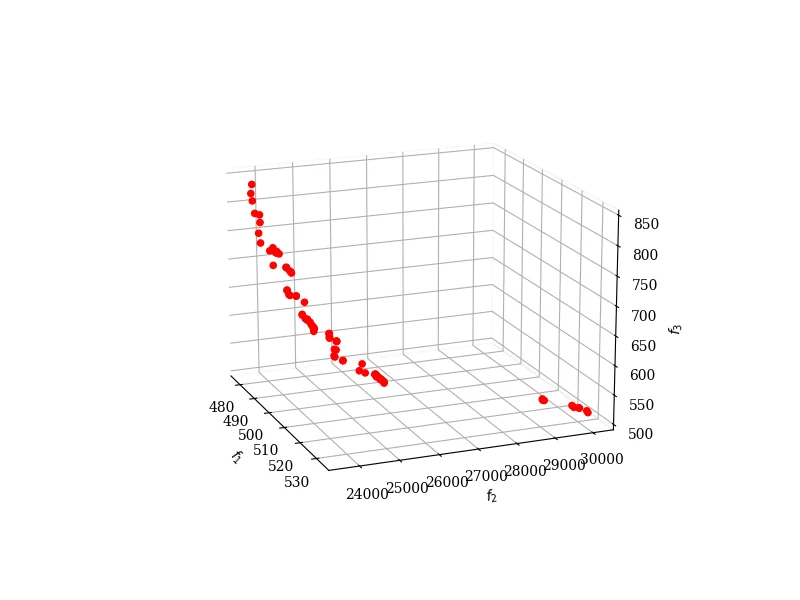Stage 1: Kinematic Synthesis
A common way to approach suspension kinematic design of a mountain bike is through software such as Linkage X3 in combination with a 2d mechanism design software such as Linkage. This workflow presents a challenge; any change to a pivot point may drastically change the leverage curve, vertical wheel travel, or other key suspension metrics.
